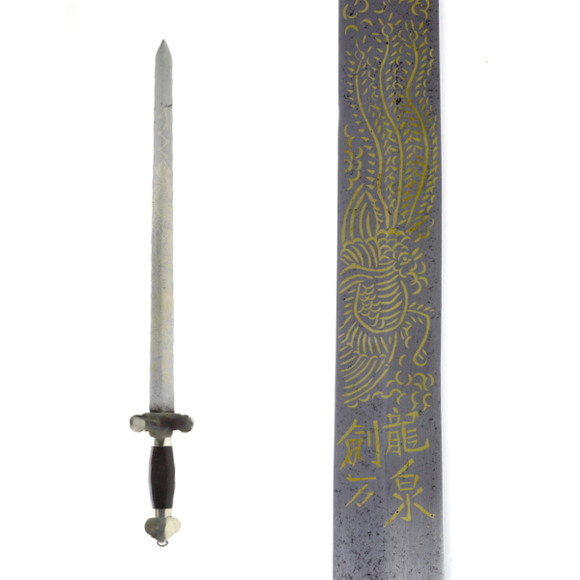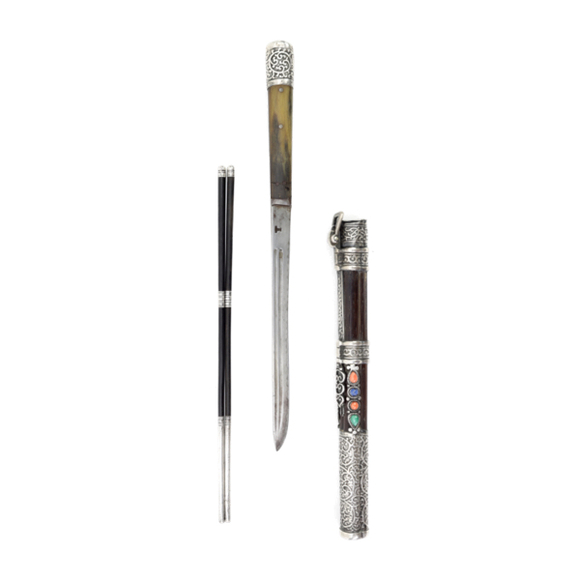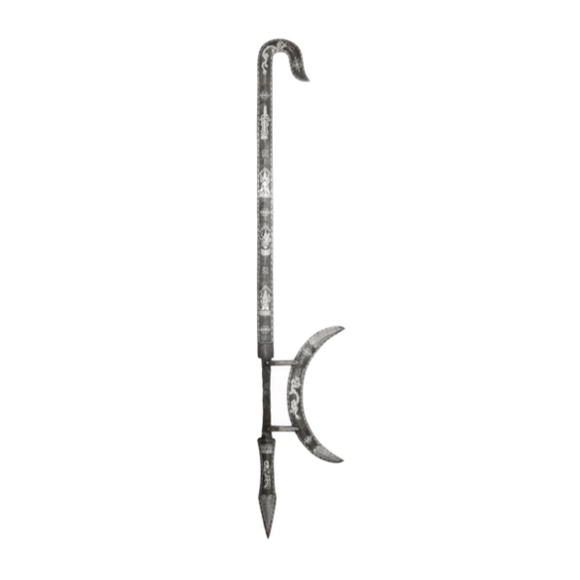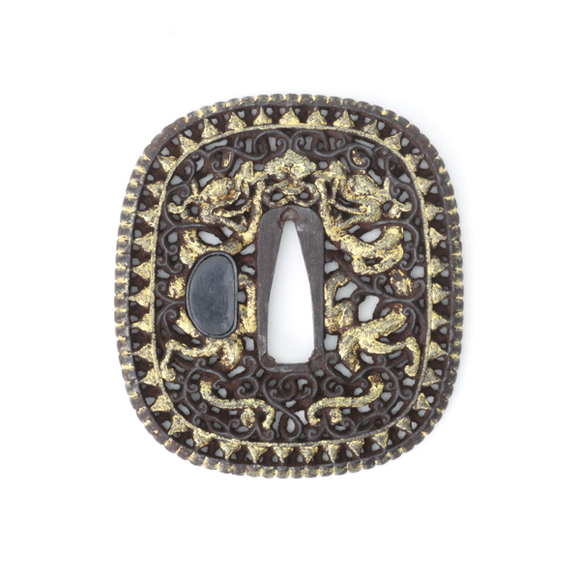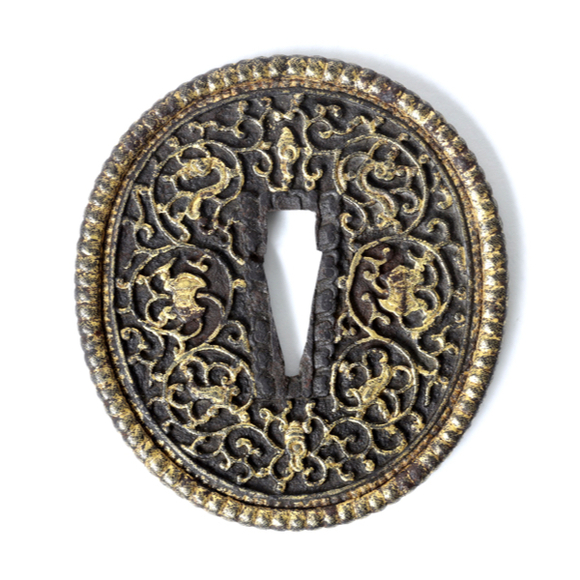Language: Mandarin Chinese
Source: Literature
Description
Kuíwén (夔紋) is a Chinese decorative pattern that incorporates archaic kuí (夔) dragons. The design was very popular during the Zhou Dynasty (770 to 481 B.C.). The motif often appears on ancient bronzes from this period.

Kuíwén on a bronze wine vessel. Spring and Autumn Period (770-403 BC), Zheng State.
Unearthed at Xinzheng, Henan Province, 1923. National Museum of China.
Photo by Anagoria, Wikimedia Commons.
Qing dynasty revival
The Qing elite, including no less than the emperor himself, collected old bronzes and appreciated these old motifs. This lead to a revival during the 18th and 19th centuries. First mainly on imperial items but it trickled down to the rank and file during the last part of the 19th century.

A single kuí dragon on a Qing imperial arrow.
Beijing Military Museum. Photo by author, taken in 2006.

Kuíwén designs on a rare Qing imperial quiver with enamelled mounts.
Sold by Mandarin Mansion in 2023.
The revival design often looks like scrollwork or angular abstract motifs, but always with small dragon faces to be seen in the designs. They often have curled trunk-like noses and remind of the makara of Hindu art.

Kuíwén motifs on the hilt fittings of a Qing saber, late 18th to early 19th century.
Sold by Mandarin Mansion in 2022.

Kuíwén motifs on the mounts of a late Qing duǎnjiàn.
Sold by Mandarin Mansion in 2021.
Kuí dragons in the literature
Over the centuries, many different stories have emerged around kuí. In some explanations they are one-legged monsters, the Classic of Mountains and Seas for example describes kuì as "a one-legged god of thunder and rain."1
Kuí dragons are generally seen as benevolent creatures that were thought to restrain greed.2
Notes
1. Shānhǎi jīng (山海經), a compilation of Chinese mythic geography that was compiled from older stories in the 1st or 2nd century B.C.
2. C.A.S. Williams; Chinese Symbolism and Art Motifs. Fourth revised edition. Tuttle Singapore, 2006. Page 149.

